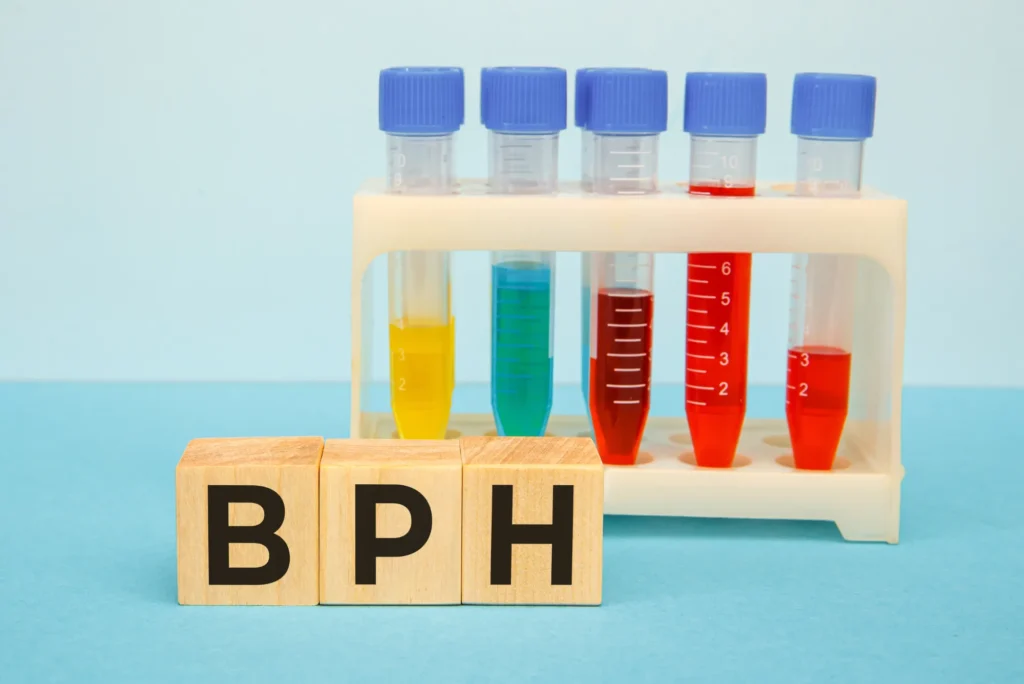Understanding Prostatic Hyperplasia
Prostatic hyperplasia, commonly known as benign prostatic hyperplasia (BPH), is a non-cancerous enlargement of the prostate gland. This condition affects many men as they age, leading to urinary symptoms such as frequent urination, weak urine flow, and difficulty emptying the bladder. With advancements in medical science, several innovative treatments are now available to manage this condition effectively.
Non-Invasive Treatment Options
Medications for BPH Management
The first line of treatment for prostatic hyperplasia often includes medications that help alleviate symptoms. Alpha-blockers, such as tamsulosin and alfuzosin, work by relaxing the muscles in the prostate and bladder neck, allowing for easier urination. 5-alpha reductase inhibitors, like finasteride and dutasteride, reduce the size of the prostate over time by blocking the hormone responsible for its growth. Some patients benefit from combination therapy, where both types of medications are used for enhanced symptom relief.
Minimally Invasive Procedures
Recent advancements have led to the development of minimally invasive procedures that offer effective symptom relief with minimal downtime. These include transurethral microwave therapy (TUMT), which uses heat to shrink the prostate, and transurethral needle ablation (TUNA), which employs radiofrequency energy to destroy excess tissue. Another promising method is water vapor therapy, also known as Rezūm therapy, where steam is used to reduce prostate size.
Latest Surgical Advancements
Laser Therapy for BPH
Laser therapy has emerged as a highly effective treatment for prostatic hyperplasia. Procedures such as Holmium Laser Enucleation of the Prostate (HoLEP) and GreenLight laser therapy provide precise removal of excess prostate tissue with minimal bleeding and a faster recovery period compared to traditional surgeries. These techniques have proven to be effective alternatives to conventional procedures, offering long-term symptom relief.
Robotic-Assisted Surgery
Another groundbreaking innovation is robotic-assisted surgery, where high-precision robotic systems assist surgeons in performing prostate procedures with greater accuracy. This approach minimizes surgical risks, reduces hospital stays, and accelerates recovery times, making it an attractive option for patients with severe BPH symptoms.
The Role of Professional Prostate Care
Seeking professional medical consultation is crucial for determining the most suitable treatment plan. Urologists assess the severity of symptoms, prostate size, and overall health before recommending an appropriate intervention. Regular medical check-ups help monitor the progression of the condition and ensure timely adjustments to treatment plans. To understand more about the prostate and its function, visit the provided link.
The Cost of Prostatic Hyperplasia Treatment
The cost of treating BPH varies based on the chosen method. Medications are generally more affordable but require long-term use. Minimally invasive procedures and laser therapies involve higher upfront costs but provide long-term benefits. Robotic-assisted surgeries and advanced treatments can be expensive, but many insurance plans offer partial or full coverage, depending on the policy.
Eco-Friendly and Natural Treatment Approaches
With increasing awareness of eco-friendly healthcare options, many men explore natural remedies alongside conventional treatments. Herbal supplements like saw palmetto and pygeum have shown potential in alleviating BPH symptoms. Lifestyle changes, such as maintaining a balanced diet rich in antioxidants and regular exercise, contribute to better prostate health. Non-invasive treatments like steam therapy also align with sustainable medical practices.
Choosing the Right Prostatic Hyperplasia Treatment
Selecting the best treatment depends on various factors, including symptom severity, personal preferences, and overall health. Consulting a medical professional ensures that patients receive tailored treatment plans. To explore more options for Prostatic Hyperplasia Treatment, visit the linked resource for detailed information.
Conclusion
The latest treatments for prostatic hyperplasia offer a wide range of options, from medications and minimally invasive therapies to advanced surgical procedures. With continued medical advancements, men can now access safer and more effective solutions for managing BPH. Seeking professional guidance and exploring innovative treatments can significantly improve quality of life and overall well-being.
For more health-related insights and updates, visit Business Mini, your go-to source for valuable information on wellness and medical advancements.
















